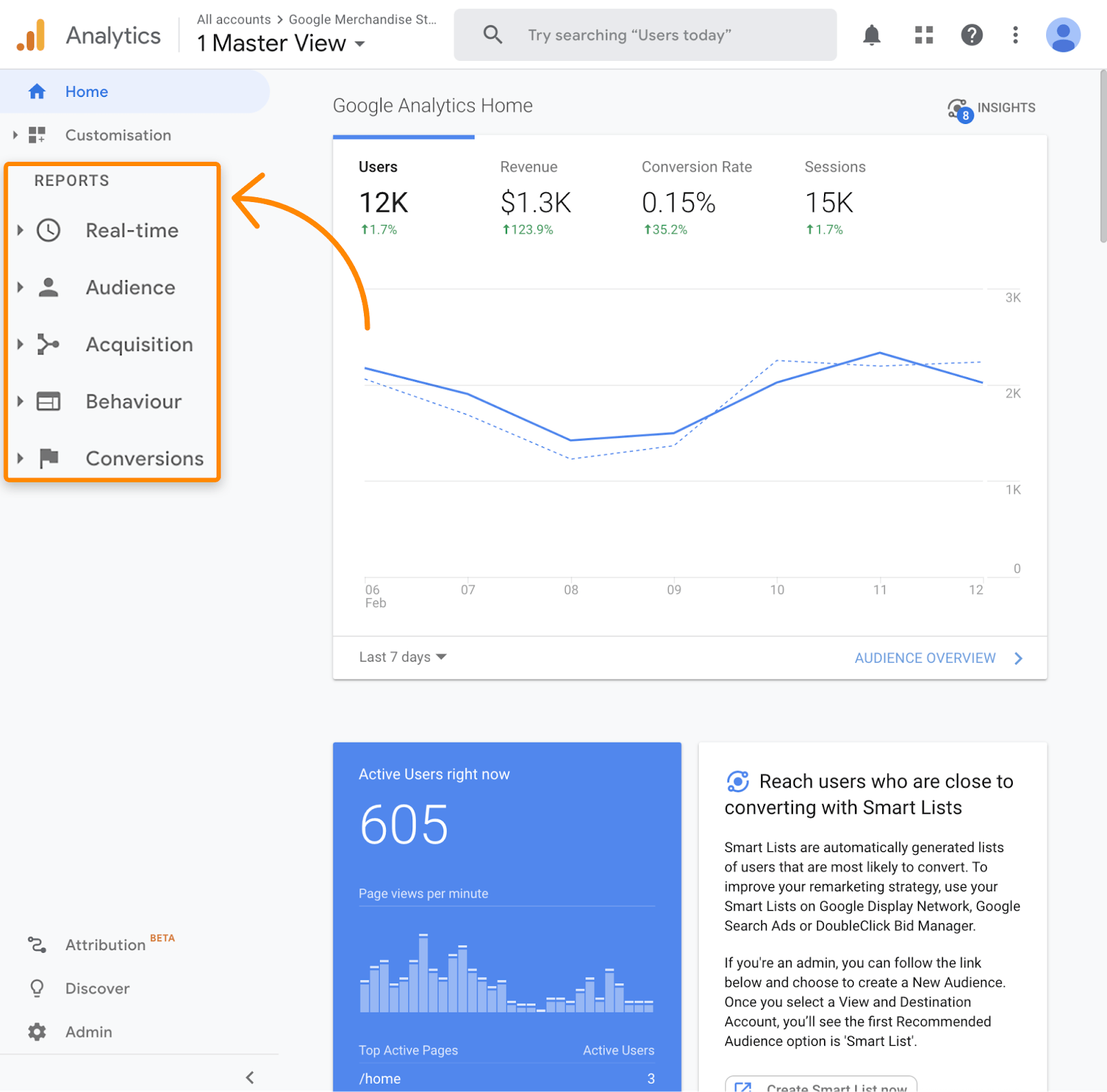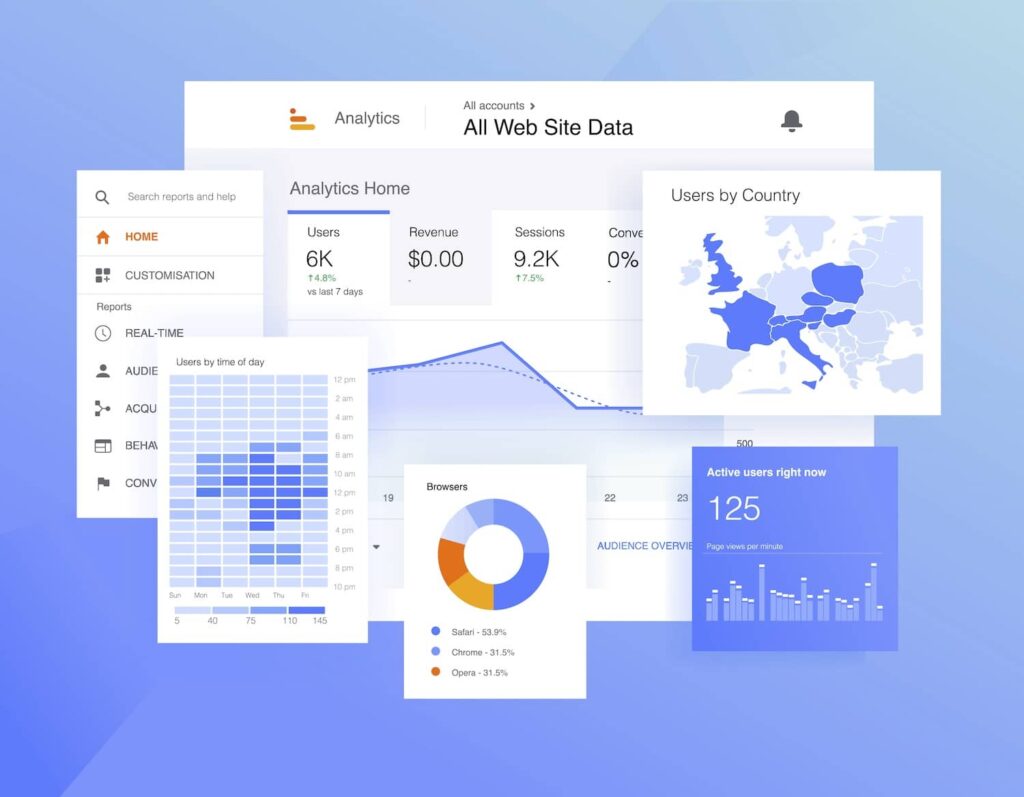Discovering the Concept of Secondary Dimensions in Google Analytics: Definition and Calculated Execution
Discovering the Concept of Secondary Dimensions in Google Analytics: Definition and Calculated Execution
Blog Article
Unveiling the Effect of Secondary Dimension in Google Analytics on Information Evaluation and Insights
In the realm of data analytics, the utilization of second dimensions within Google Analytics has arised as a pivotal device for drawing out deeper understandings and unraveling facility patterns that might otherwise stay covered. By peeling back the layers of key data collections, second measurements supply a nuanced perspective that improves the understanding of customer behavior, internet site efficiency, and the efficiency of advertising techniques.
Checking Out the Principle of Additional Dimensions
Second measurements in Google Analytics offer additional insights by permitting users to analyze main data in conjunction with a second characteristic. This function enables an extra comprehensive understanding of the primary data by adding one more layer of information for analysis. By incorporating second measurements, customers can dig deeper into the information and discover important correlations that may or else go undetected. For example, by combining the main data of site web traffic with additional dimensions like demographics or habits, marketing professionals can get a more comprehensive sight of their audience and tailor their approaches as necessary.
Recognizing the concept of additional measurements is vital for taking full advantage of the possibility of Google Analytics. It allows customers to section data efficiently, determine patterns, and make notified choices based upon a much more full image of their analytics data. By exploring the numerous second dimensions offered in Google Analytics, customers can open new insights and enhance their electronic advertising efforts. Fundamentally, second dimensions serve as an effective tool for enhancing information evaluation and driving workable results.
Enhancing Data Analysis With Second Measurements
Having actually developed the fundamental understanding of second measurements in Google Analytics and their pivotal function in data analysis, the emphasis currently moves in the direction of leveraging these additional features to improve the analysis of analytics information (what is a secondary dimension in google analytics). By incorporating second measurements into information evaluation, experts can obtain much deeper insights into customer habits, web site efficiency, and advertising efficiency

Furthermore, second measurements assist in contextualizing main data metrics by offering additional layers of information. This contextualization aids in comprehending the 'why' behind the data fads, helping experts make notified optimizations and choices to boost overall efficiency. Ultimately, integrating secondary dimensions enhances the data analysis procedure, resulting in even more purposeful understandings and critical activities.
Uncovering Hidden Insights Via Secondary Dimensions
Discovering the depths of analytics data with secondary measurements discloses useful understandings that this website would or else remain covered. By integrating additional measurements in Google Analytics, businesses can discover covert patterns, patterns, and relationships that give an even more thorough understanding of customer behavior and site efficiency. These extra layers of information permit experts to delve much deeper right into the main measurements, such as website traffic sources or touchdown web pages, and gain an extra nuanced perspective on how various variables interact with each other.
With the use of additional measurements, experts can section and contrast data across numerous measurements, enabling them to identify details elements that influence user engagement, conversion prices, and total success metrics. By coupling the key measurement of 'device group' with the second measurement of 'age team,' marketers can determine which age demographics choose accessing the website via mobile devices versus desktop computers. This level of granularity encourages organizations to make data-driven decisions and enhance their strategies for far better outcomes. Inevitably, uncovering surprise insights with additional measurements enhances the deepness and accuracy of information analysis, resulting in even more educated decision-making and boosted efficiency end results.
Leveraging Secondary Measurements for Actionable Analytics
Building upon the insights unveiled via secondary dimensions in Google Analytics, businesses can currently harness this enriched information landscape to drive actionable analytics and calculated decision-making. By leveraging additional dimensions, organizations can delve much deeper right into their information to draw out beneficial patterns, trends, and relationships that may have previously gone unnoticed. This much deeper degree of evaluation enables businesses to get a more detailed understanding of individual actions, campaign performance, and overall site effectiveness.
One key advantage of using additional dimensions for workable analytics is the capacity to sector information based upon details criteria. This segmentation permits services to tailor their strategies and campaigns to different target market groups, bring about more targeted and effective advertising and marketing efforts - what is a secondary dimension in google analytics. explanation Furthermore, secondary measurements provide an even more all natural view of user communications, enabling organizations to enhance their site content, layout, and general individual experience
Taking Full Advantage Of Decision-Making With Additional Measurements
To boost strategic decision-making in analytics, leveraging second measurements in Google Analytics can supply an extra nuanced point of view on user behavior and project performance. By integrating additional dimensions into information analysis, businesses can delve much deeper right into the specifics of their web site visitors' interactions and engagement patterns. This added layer of details permits a much more comprehensive understanding of how different variables, such as demographics, devices, or web traffic resources, effect vital performance indications.

Verdict
In final thought, making use of secondary dimensions in Google Analytics plays an important function in enhancing information analysis and discovering hidden understandings. By exploring this principle, one can gain a much deeper understanding of user behavior and make educated decisions based upon workable analytics. Leveraging secondary measurements enables a much more thorough interpretation of information and maximizes the performance of decision-making processes.
 official site secondary dimension in google analytics
official site secondary dimension in google analytics"/>
Report this page